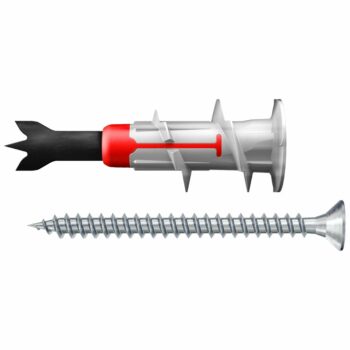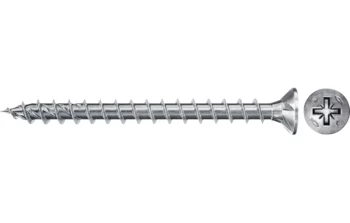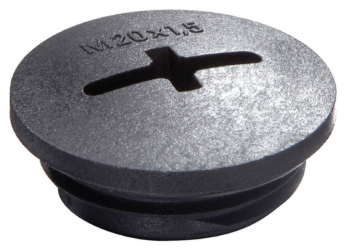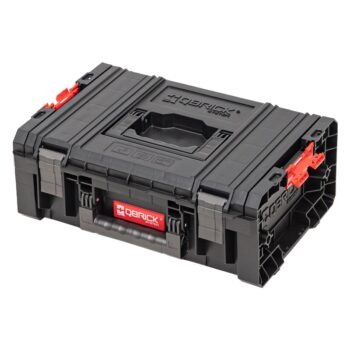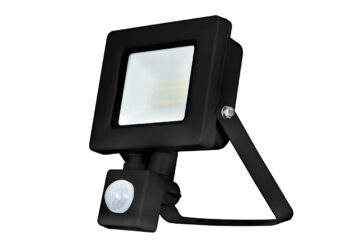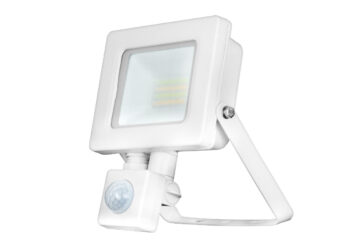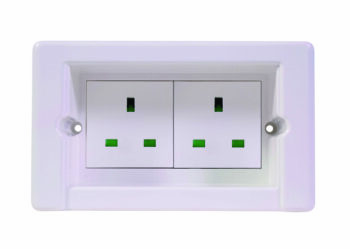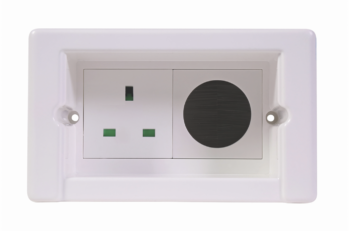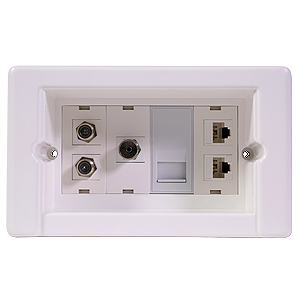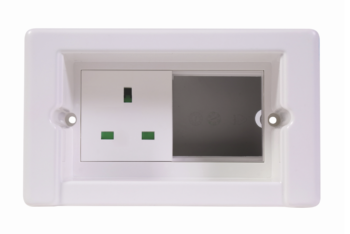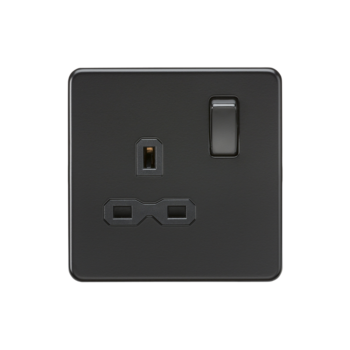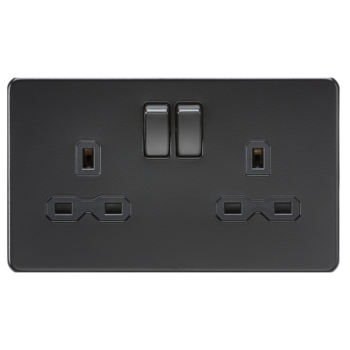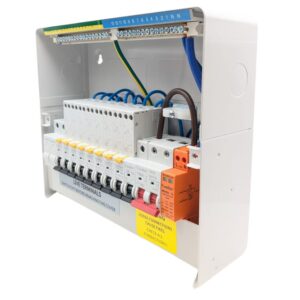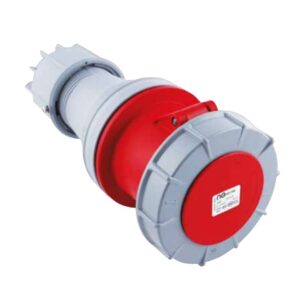Complete Guide to Live Electrical Arc Fault Detection Devices
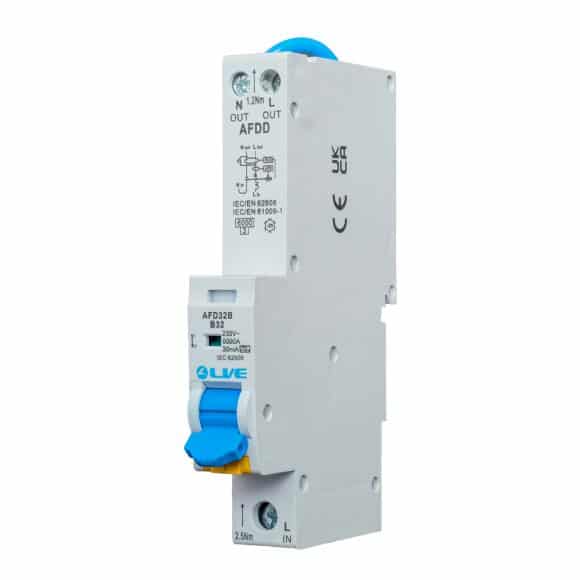
Introduction to Live Electrical AFDDs
In our fast-evolving world, electrical safety is more important than ever. Fire prevention, once managed through traditional fuses and circuit breakers, now requires advanced solutions like the Live Electrical Arc Fault Detection Device (AFDD). This guide will cover the essentials, benefits, and key technical aspects of Live Electrical AFDDs, with a focus on their practical applications in the UK. We’ll demystify arc faults, explain how these devices work, and explore why they’re vital for protecting homes and businesses alike. Whether you’re an electrician or a homeowner, this guide will help you understand the critical role AFDDs play in modern electrical safety.
Table of contents
- Complete Guide to Live Electrical Arc Fault Detection Devices
- Introduction to Live Electrical AFDDs
- What is an Arc Fault Detection Device (AFDD)?
- Why Are AFDDs Essential in Today’s Electrical Systems?
- How Do Live Electrical AFDDs Work?
- Live Electrical AFDD vs. Traditional Protection Devices
- Benefits of Using Live Electrical AFDDs
- Understanding Live Consumer Units and Compatibility
- UK Regulations and Compliance
- Installation Tips for Live Electrical AFDDs
- Debunking Common Myths about AFDDs
- Conclusion: Why Every Home Needs a Live Electrical AFDD
- FAQ Section
What is an Arc Fault Detection Device (AFDD)?
An Arc Fault Detection Device (AFDD) is a safety device designed to detect potentially dangerous electrical arc faults. Arc faults occur when electrical currents jump between loose, damaged, or frayed connections, creating intense heat and, in some cases, sparking a fire. Traditional circuit breakers are not capable of detecting these faults, which is where AFDDs come into play. Specifically, Live Electrical AFDDs are engineered to offer unparalleled detection of these faults, providing an essential safeguard against electrical fires.
How Arc Faults Happen
Arc faults can happen for various reasons, including worn-out cables, pinched wires, or poor connections within the circuitry. They may sound minor, but these small malfunctions can lead to serious fires, especially when they go undetected. This is why arc fault protection has become a requirement in many electrical standards and codes, including those in the UK.
Why Are AFDDs Essential in Today’s Electrical Systems?
A Response to Modern Electrical Demands
The modern home or commercial property houses an extensive array of electronics, from computers and appliances to IoT devices, each with its unique power needs. These added electrical loads increase the risk of faults due to wiring stress, wear, and improper installations. As electrical systems are strained, faults are more likely, and AFDDs act as a vital safeguard.
Evolving Safety Standards
AFDDs like those offered by Live Electrical are becoming standard because of their ability to prevent one of the deadliest consequences of electrical faults: fires. National electrical codes and safety standards, especially in the UK, recommend the use of AFDDs in specific high-risk circuits, such as those supplying bedrooms or areas with significant electrical equipment.
How Do Live Electrical AFDDs Work?
AFDDs work by detecting the unique signal of an arc fault. When an arc fault occurs, it produces a distinctive waveform that an AFDD can recognize. Here’s how Live Electrical AFDDs achieve this:
- Continuous Monitoring: AFDDs continuously monitor the electrical circuit, analyzing waveforms in real-time.
- Detection of Arcing Patterns: Unlike a standard breaker, AFDDs identify the high-frequency pattern characteristic of arc faults.
- Immediate Action: When an arc fault is detected, the AFDD immediately cuts off the power, preventing further escalation and eliminating the risk of fire.
This cutting-edge technology allows Live Electrical AFDDs to detect both series and parallel arc faults, making them highly reliable in a wide range of scenarios.
Live Electrical AFDD vs. Traditional Protection Devices
While traditional circuit breakers and residual current devices (RCDs) protect against overcurrent and ground faults, they don’t offer arc fault protection. Here’s how Live Electrical AFDDs compare:
- Standard Circuit Breakers: Protect against short circuits and overloads but not against arc faults.
- RCDs: Detect leakage to ground but cannot detect arc faults.
- Live Electrical AFDDs: Detect both parallel and series arc faults, bridging the gap left by traditional devices.
In essence, while standard protection devices cover many hazards, Live Electrical AFDDs add an extra layer of safety, specifically designed to prevent electrical fires from arc faults.
Benefits of Using Live Electrical AFDDs
Unmatched Fire Prevention
AFDDs are the only devices capable of detecting and preventing electrical fires caused by arc faults, and Live Electrical AFDDs are particularly effective. By instantly shutting down circuits when arc faults are detected, they prevent overheating and sparking, which are the primary causes of electrical fires.
Peace of Mind for Homeowners and Businesses
For homeowners and property managers, installing Live Electrical AFDDs provides peace of mind, knowing that an additional safeguard is in place to prevent electrical fires. This added security can also be a valuable selling point in the real estate market.
Compatibility with Live Consumer Units
Live Electrical AFDDs are designed to be compatible with Live Consumer Units, which allows for seamless integration into existing electrical systems. This compatibility means that users don’t need to overhaul their entire electrical setup to achieve enhanced safety.
Understanding Live Consumer Units and Compatibility
A Live Consumer Unit acts as the main distribution point for electrical circuits within a property. To ensure maximum safety, Live Electrical designs their AFDDs to integrate directly with their consumer units, making installation straightforward and reliable. This compatibility ensures consistent protection across all circuits.
UK Regulations and Compliance
Understanding UK Electrical Safety Standards
The 18th Edition of the Wiring Regulations (BS 7671) in the UK has specific recommendations around the use of AFDDs, especially in higher-risk settings like dormitories, rental properties, and spaces where occupants might be vulnerable. Although AFDDs are not yet mandatory for all circuits, they are strongly recommended, and many in the industry believe regulations will soon make them a requirement.
AFDDs in Domestic and Commercial Spaces
In the UK, many electricians and safety advocates encourage the use of AFDDs in both domestic and commercial environments. Adding a Live Electrical AFDD aligns with these evolving standards, offering protection that may soon be standard.
Installation Tips for Live Electrical AFDDs
- Professional Installation Recommended: While it’s possible to install an AFDD independently, a certified electrician should ideally handle the installation.
- Placement Considerations: AFDDs are especially beneficial in circuits powering high-risk areas like bedrooms, kitchens, and areas with high electrical load.
- Testing: After installation, test each AFDD to ensure proper function. Regular testing is also recommended to maintain reliability.
Debunking Common Myths about AFDDs
- Myth #1: AFDDs trip frequently.Truth: High-quality AFDDs like Live Electrical’s are engineered to avoid nuisance tripping, activating only in response to true arc faults.
- Myth #2: AFDDs aren’t worth the cost.Truth: The cost of an AFDD is minimal compared to potential fire damage, especially in high-risk circuits.
- Myth #3: Standard breakers provide the same protection.Truth: Standard breakers and RCDs don’t detect arc faults, meaning they can’t provide the same level of fire prevention.
Conclusion: Why Every Home Needs a Live Electrical AFDD
Investing in a Live Electrical AFDD means investing in safety. By detecting arc faults and preventing fires, these devices play an essential role in modern electrical safety. They not only meet today’s electrical safety standards but are also likely to be a critical component of future safety requirements. Whether you’re retrofitting a property or installing new circuits, adding a Live Electrical AFDD offers peace of mind and comprehensive fire protection.
See the full range if Live Arc Fault Detection Devices here!
FAQ Section
A Live Electrical AFDD is a safety device that detects arc faults in circuits and prevents electrical fires.
It continuously monitors circuit waveforms for arc fault signatures and cuts power when a fault is detected.
AFDDs are especially recommended for high-risk circuits, such as bedrooms, kitchens, and areas with vulnerable occupants.
AFDDs are recommended, especially in high-risk settings, though not mandatory for all circuits.
RCDs detect ground faults, while AFDDs detect arc faults.






